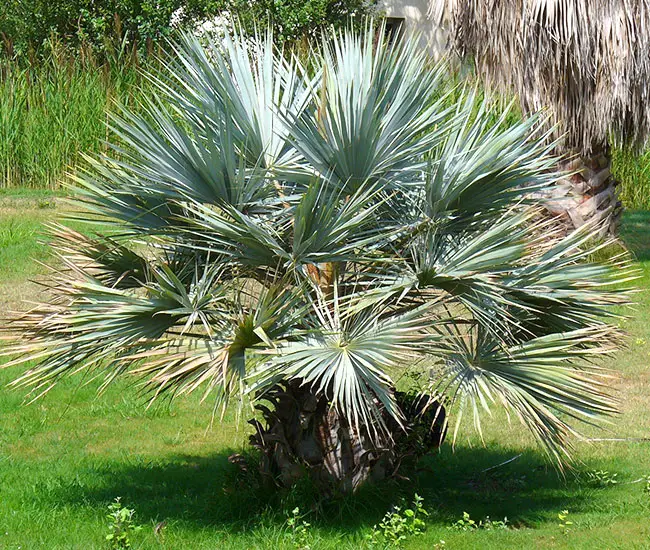
The Blue Hesper Palm Tree, scientifically known as Brahea armata, is native to Mexico. Specifically, it is indigenous to the Baja California Peninsula in northwestern Mexico. This palm tree species thrives in the arid and desert regions of the peninsula, where it has adapted to the dry and challenging climate conditions.
The striking blue-gray coloration of its leaves and its ability to withstand arid environments make it a popular choice for landscaping in regions with similar climate characteristics.
Brahea armata can tolerate cold temperatures down to 15F and can be grown in states like Alabama, Arizona, California, Georgia, Louisiana, Mississippi, Nevada, North Carolina, Oregon, Texas, and Virginia.
Quick Facts:
| Scientific name: | Brahea armata |
| Common names: | Blue Hesper Palm, Mexican Blue Palm, Blue Palm, Sweet Brahea Palm, Gray Goddess. |
| Origin: | Native to Mexico and Baja California. |
| Growth Rate: | Slow. Up to 30 – 40 ft tall and 15 – 20 ft wide. |
| Cold Tolerance: | USDA Zones 9b (25 – 30 F) to 11 (above 40 F) |
| Light Req: | Full sun. |
| Water Req: | Moderate. High drought tolerance. |
| Soil Req: | Alkaline |
| Fruit: | Yellow with brown stripes. Edible |
| Propagation: | Seeds, germinating in 2-3 months |
Blue Hesper Palm Appearance
The Blue Hesper Palm is characterized by its single gray trunk, topped with beautiful silvery-blue fan-shaped fronds. The trunk, lightly swollen at the base, is ringed with scars from old leaf bases and can reach a diameter of up to 1.5 feet.
Some maintenance is required, as dead leaves need to be trimmed or removed to prevent the formation of a brown skirt. Brahea armata boasts some of the bluest fronds among palm trees worldwide.
It features 25-20 palmate, or fan-shaped, fronds, each containing 40 to 60 leaflets that exhibit shades ranging from pastel bluish-white or silver-blue to aquamarine. The stems of the Blue Hesper Palm are waxy and adorned with dark curved thorns.
Flowers and Fruits of the Blue Hesper Palm
During the summer months, this palm produces beautiful white fragrant flowers that cluster together, forming inflorescences up to 3 feet long.
These flowers hang gracefully from the leaves, extending well beyond the length of the leaves themselves. The Blue Hesper Palm’s flowers are renowned for their exquisite beauty.
Following the flowering stage, the Blue Hesper Palm yields radish-brown edible fruits. These berry-like fruits are approximately ¾ inch in diameter and contain a single round seed within.
While the fruits are not as visually captivating as the flowers, they serve as a valuable food source for wildlife and contribute to the overall charm of this palm tree.
Caring for the Blue Hesper Palm
Native to desert regions, the Blue Hesper Palm thrives in full sun and is highly drought-tolerant. It prefers soil that is moist and well-drained but does well in alkaline soil. Adding lime to the soil can help accelerate its growth.
Although slow-growing, the Blue Hesper Palm can reach heights of 30 to 40 feet and widths of 15 to 20 feet. It can withstand temperatures down to 25°F when mature, making it suitable for zones 9b (25 to 30°F) to 11 (above 40°F). This palm tree can also thrive in a pot and be grown indoors.
To support its growth, apply a high-quality palm fertilizer with a continuous-release formula twice a year during the growing season. Generally, this palm is healthy, but it may occasionally face issues such as Phytophthora root or bud rots.
Blue Hesper Palm Picture
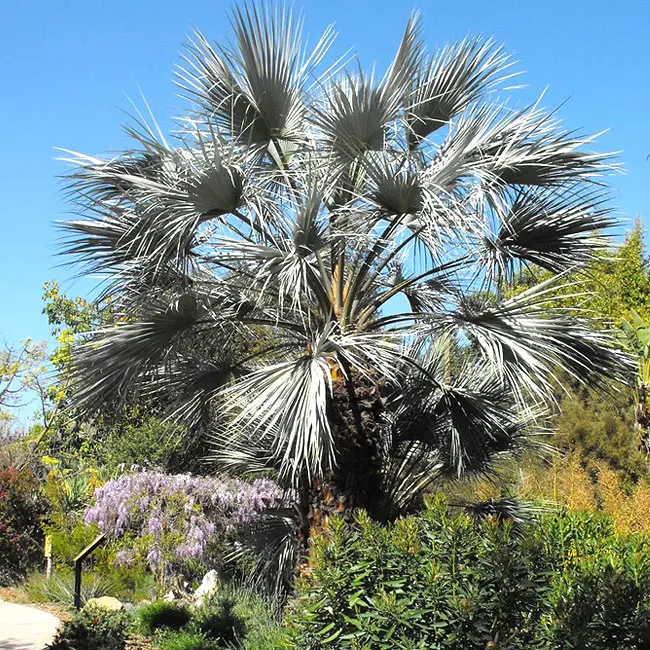
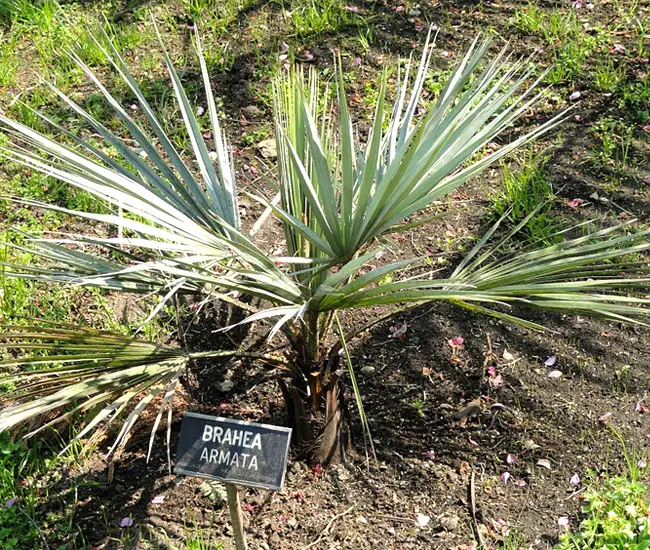
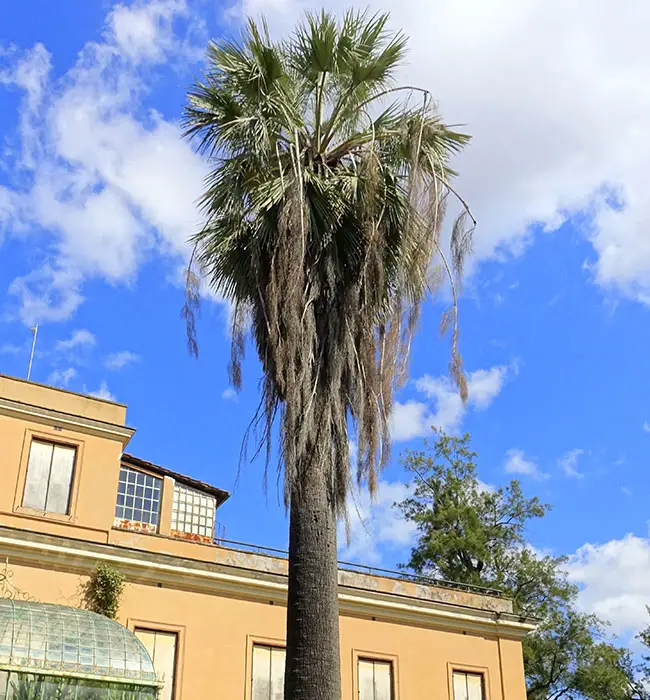
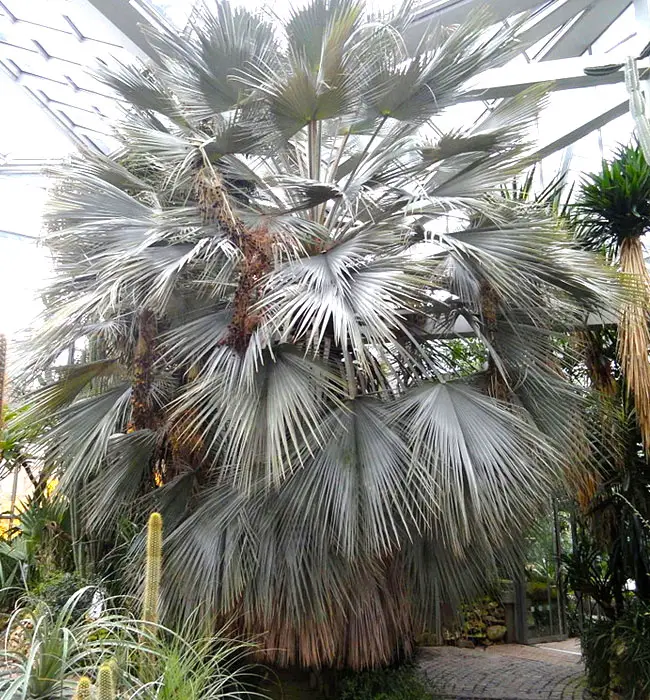
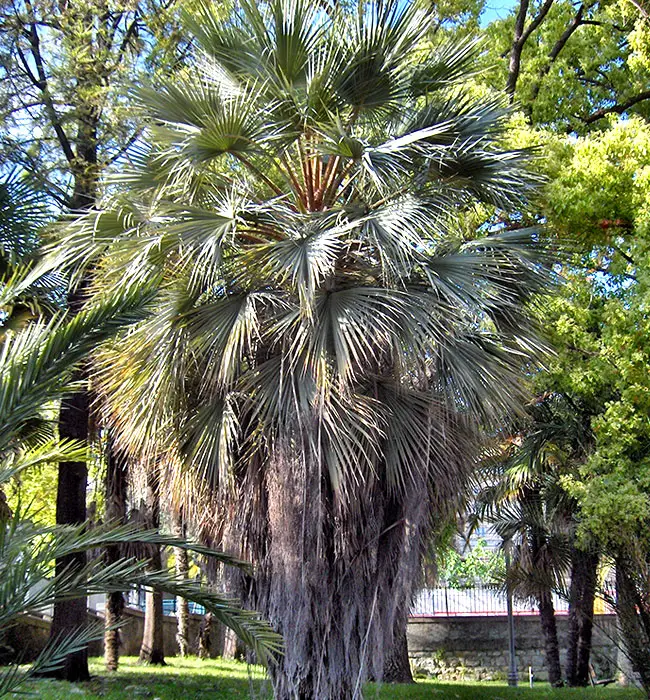
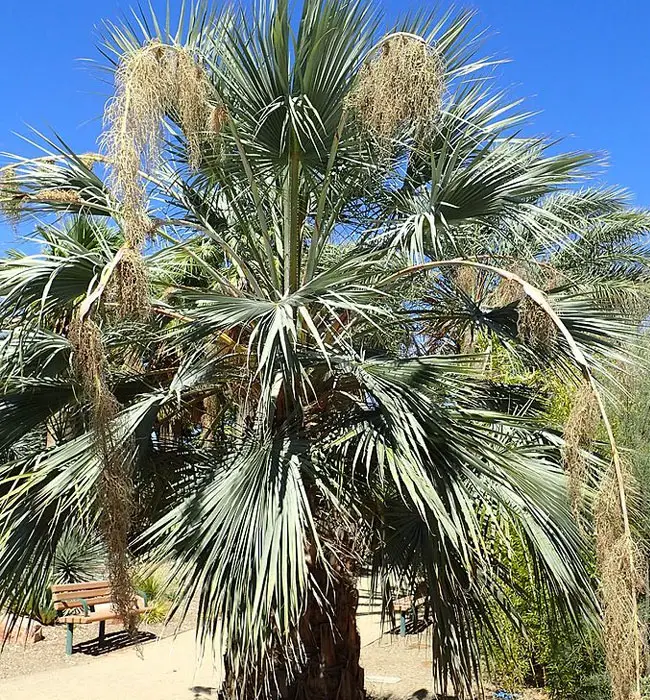
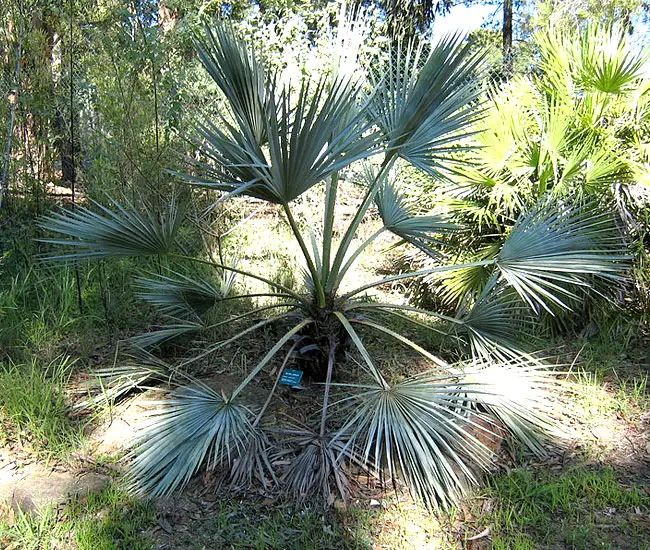
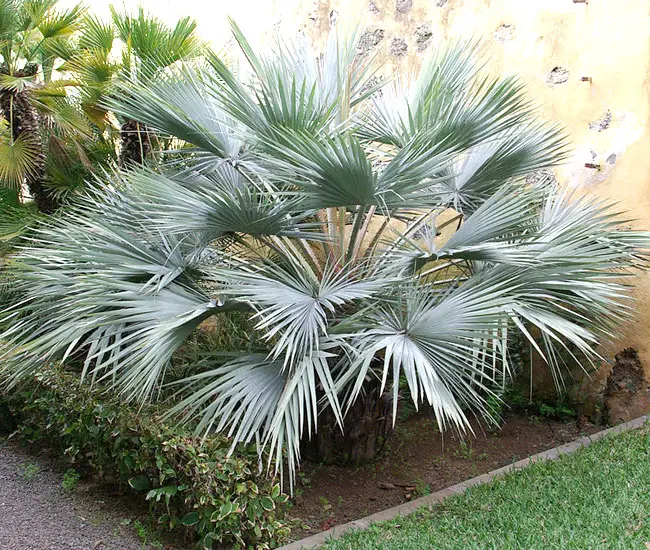
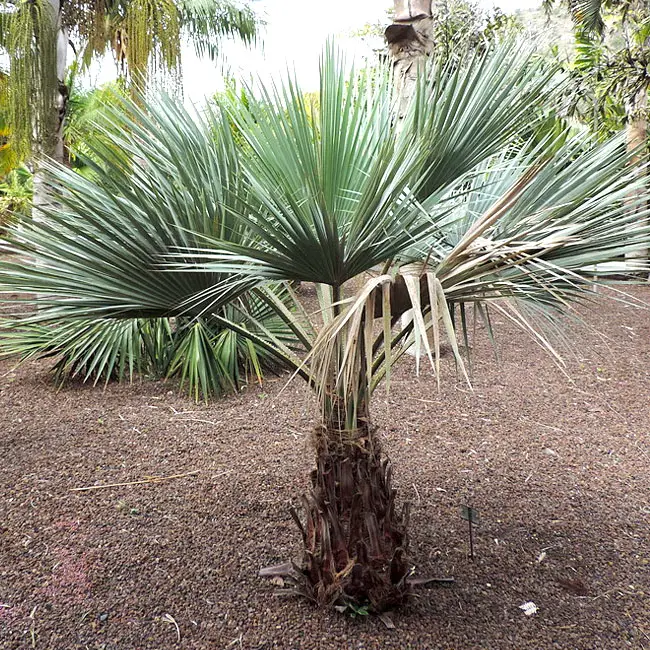
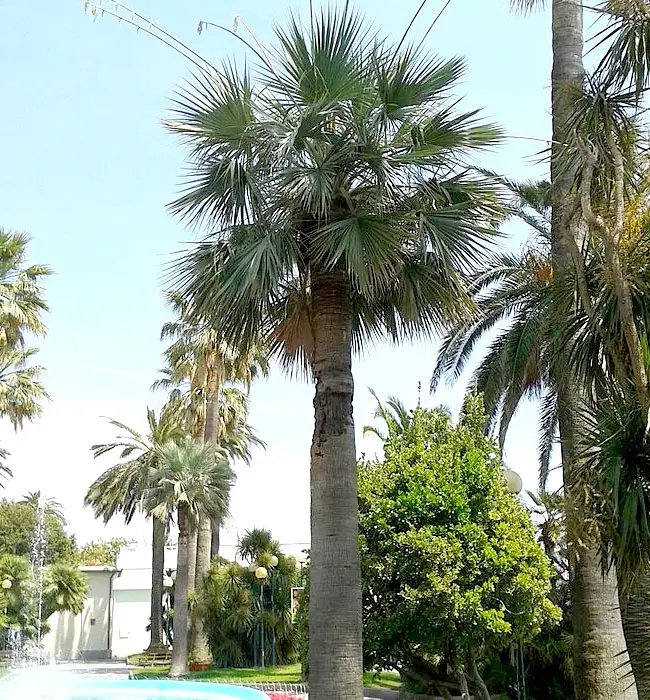
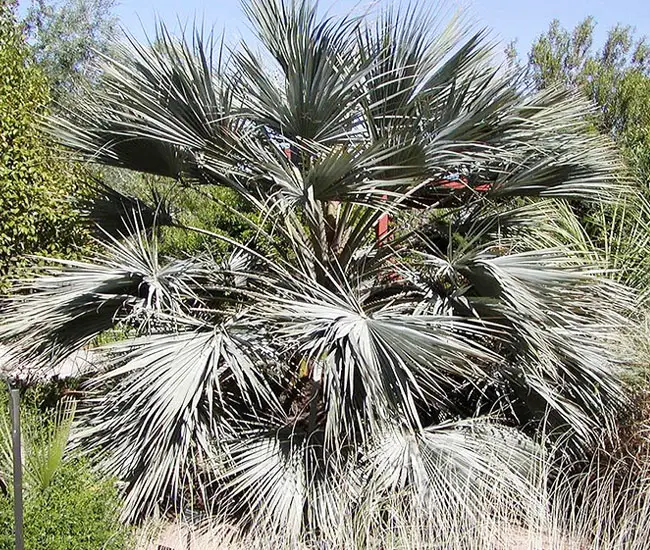
More information can be found on Floridata site.
